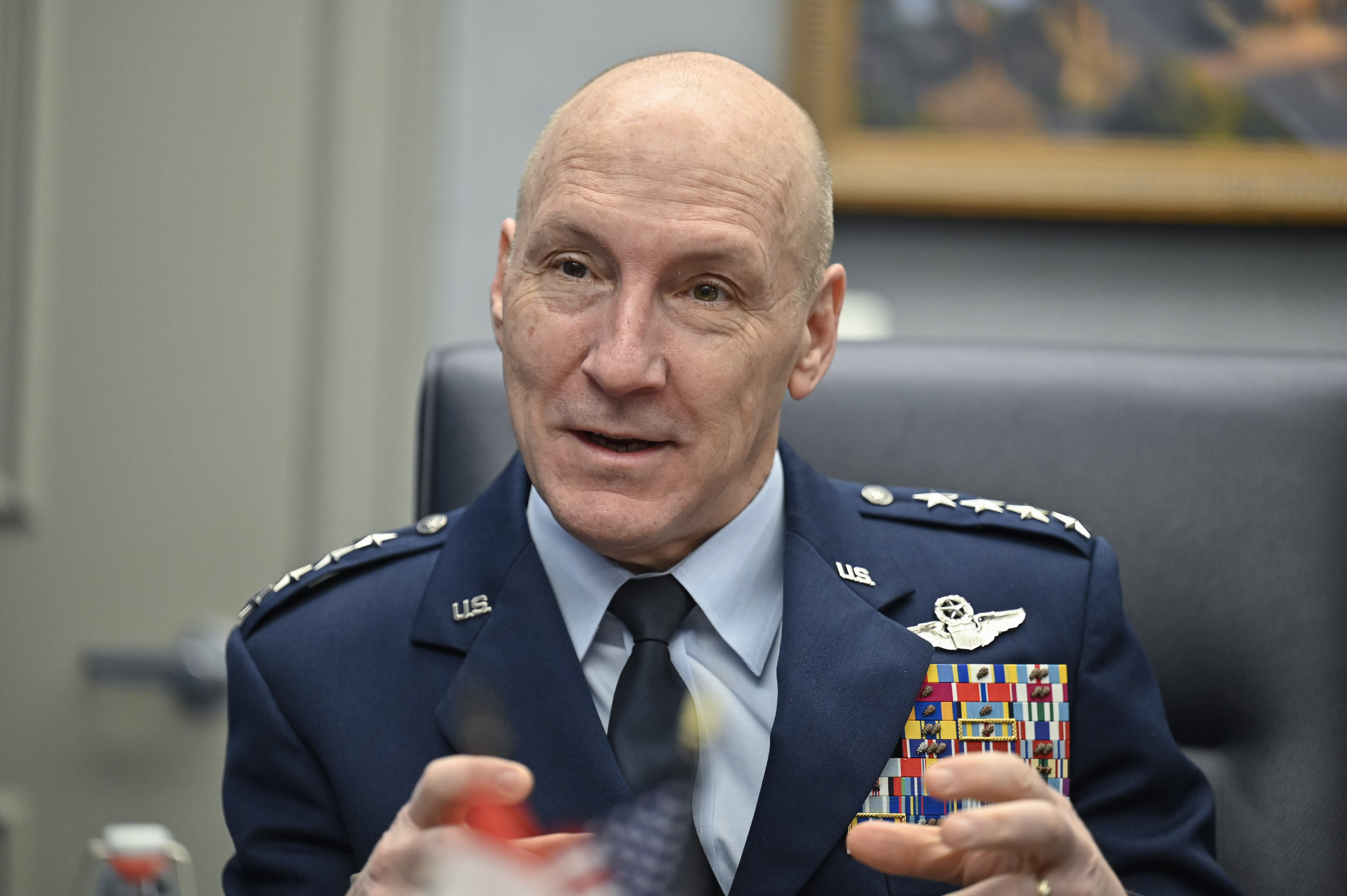The Unexpected Exit: A New Chapter for the US Air Force
 The Tech Times
The Tech Times
In a surprising turn of events, Gen. David Allvin, the United States Air Force Chief of Staff, has announced his retirement effective this November. This news marks the end of a significant, albeit brief, chapter in his career, as he steps down two years before the expected term conclusion. As the Air Force's highest-ranking uniformed officer, his early departure raises questions about the future trajectory of the service.
Gen. Allvin's career has been one of dedication and resilience, embodying a steadfast commitment to the ideals of the United States Air Force. His tenure as Chief of Staff, although short, has been marked by a focus on modernization and strategic innovation, critical to maintaining the United States' edge in global air power. The decision to retire early is not just a personal milestone but also a pivotal moment for the institution he has served.
Historical Context of Leadership Changes
Leadership transitions within the military are not uncommon, yet they carry profound implications for strategic continuity and morale. Historically, the Air Force, like other branches of the U.S. military, has seen leaders step down under various circumstances—ranging from personal decisions to broader strategic realignments.
For context, Gen. Norton Schwartz, who served as Chief of Staff from 2008 to 2012, witnessed the Air Force through a significant era of transformation, including the integration of unmanned aerial vehicles into strategic operations. His leadership was pivotal in navigating the complexities of modern warfare. Similarly, Gen. Mark Welsh, succeeding Schwartz, focused heavily on personnel management and cultural shifts within the Air Force's ranks.
Gen. Allvin's exit during a pivotal time for military modernization and technological advancement underscores the ever-evolving nature of military leadership. His retirement echoes past transitions where newly appointed leaders have steered the Air Force through technological and strategic shifts.
The Road Ahead for the Air Force
As the Air Force looks to the future, the next Chief of Staff will inherit a landscape marked by rapid technological advancements and evolving global threats. The strategic focus on artificial intelligence, cyber warfare, and space operations necessitates a leader who can harness these domains effectively.
The new leadership will have to continue the trajectory set by Gen. Allvin, emphasizing agility and innovation. This change in command is an opportunity for the Air Force to reassess its strategies and ensure that its operational capabilities align with current and future challenges.
Moreover, maintaining morale and continuity within the ranks during such transitions is crucial. Historical lessons from previous leadership changes suggest that a smooth transition can bolster confidence within the service, ensuring that the Air Force remains a formidable force on the global stage.
Conclusion: A New Era Begins
Gen. Allvin's retirement marks the end of an era and the beginning of a new chapter in the Air Force's storied history. As the service prepares for a new leader, it stands at the cusp of significant transformations that will define its role in national defense.
This leadership change, while unexpected, presents an opportunity for renewed vision and strategic foresight. The Air Force's commitment to innovation and excellence remains unwavering, ensuring that it continues to protect and serve with distinction.
As Gen. Allvin steps down, the Air Force looks forward to embracing the challenges and opportunities that lie ahead, underpinned by a legacy of honor and service to the nation.
Source: In surprise move, Air Force chief of staff to retire 2 years early
Subscribe to my newsletter
Read articles from The Tech Times directly inside your inbox. Subscribe to the newsletter, and don't miss out.
Written by
